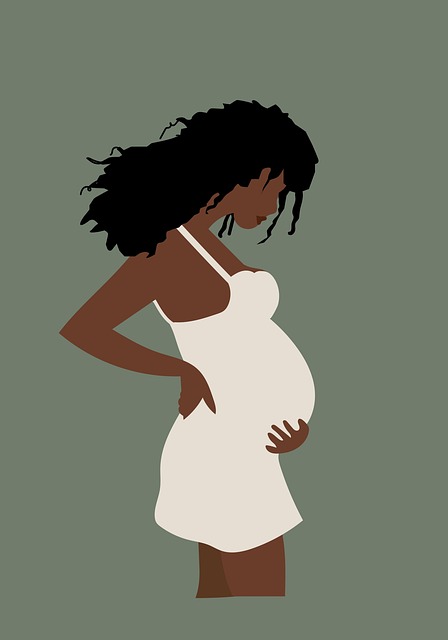In the quest to help women achieve motherhood, surgeons are diligently refining their techniques to ensure uterus transplants are safe, ethical, and effective. This innovative procedure offers hope to those facing absolute uterine factor infertility (AUI), a condition where women either lack a uterus or have one that doesn’t function properly. This can occur due to congenital issues or damage from infections or surgeries. AUI affects many women, with estimates suggesting it impacts around 1 in 500 of those of reproductive age.
Traditionally, women facing AUI had to rely on adoption or surrogacy. However, advancements in medical technology and surgical experience are paving the way for uterus transplants. These transplants can be performed using a uterus from either a living or deceased donor, involving a series of surgeries and powerful medications.
At a recent medical conference, Dr. Emily Carter, a leading expert in reproductive surgery, discussed the intricate details of the transplant procedure, highlighting the risks and benefits associated with using living versus deceased donors. Key techniques include creating a vascular connection between the donor’s uterine artery and vein and the recipient’s external iliac vessels, which is crucial before connecting the donor uterus to the recipient’s vagina.
Dr. Carter also stressed the importance of having a skilled, multidisciplinary team that has conducted extensive preclinical research, ideally in animal models, to ensure the organ procurement process is practiced thoroughly. Careful selection of donors is vital, particularly avoiding those with a history of infertility or uterine abnormalities.
The first successful uterus transplant in the U.S. happened at a major medical center, where surgeons implemented two critical modifications to existing techniques. They managed to sustain a pregnancy using just the utero-ovarian vein for venous outflow, simplifying the procedure and enabling minimally invasive methods for the donor’s hysterectomy. This advancement also reduced the time from transplant to embryo transfer, thereby limiting the recipient’s exposure to immunosuppressive medications, which can have severe side effects.
Despite the technical challenges still present in uterus transplantation, ongoing animal research is focusing on refining various aspects such as anesthesia, graft procurement, and vascular reconstruction.
Interestingly, acceptance of uterus transplantation among the public seems high. A survey revealed that a significant majority of Americans support the concept, viewing it as an ethical option for addressing infertility.
For more insights into fertility and related topics, check out our posts on home insemination techniques here. Additionally, if you’re curious about the journey of artificial insemination, Make a Mom is a great resource. For a deeper understanding of in vitro fertilization, you can explore more here.
In summary, uterus transplantation represents a groundbreaking advance in reproductive medicine, offering new possibilities for women with AUI. As techniques continue to evolve and public acceptance grows, the hope for many women to experience motherhood may soon become a reality.

